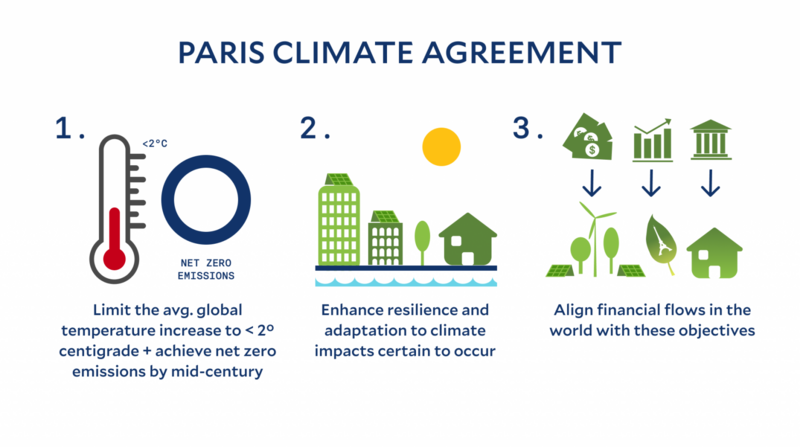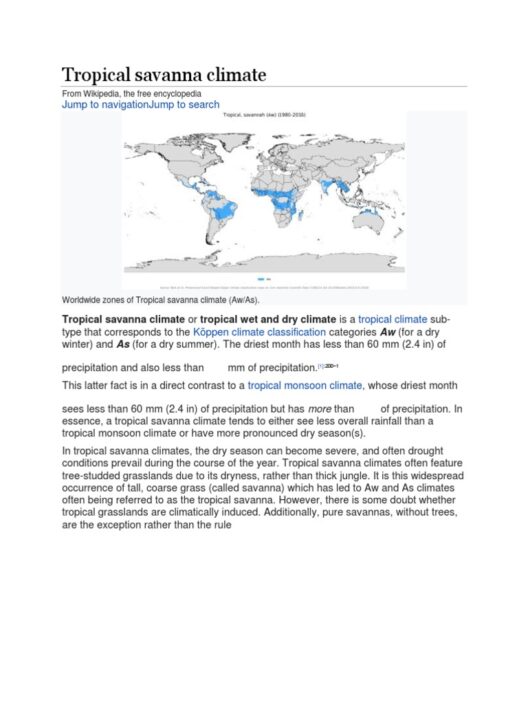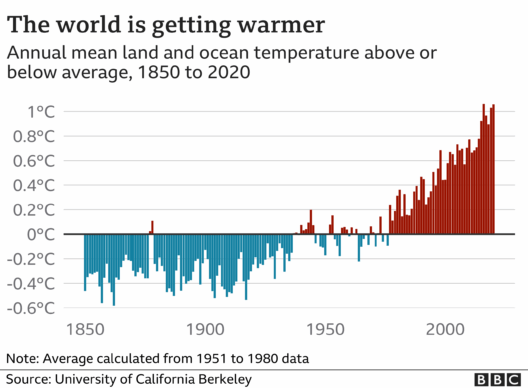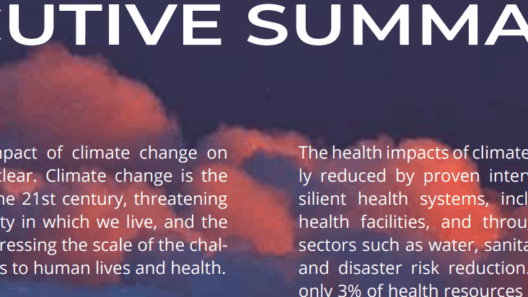In a world often fraught with complexity and ambiguity, few diplomatic agreements have garnered as much attention as the Paris Climate Agreement. Yet, amid rigorous discussions and passionate advocacy, an oft-overlooked typographical error in the term “Treaty” morphing into “tready” elicits playful curiosity—why does this minor slip carry significance? Let’s delve into the intricacies of the Paris Climate Agreement, its objectives, and how a single typo can serve as a gateway to deeper inquiries about our collective responsibility toward the planet.
First, it’s essential to understand the genesis of the Paris Climate Agreement. Concluded in 2015, it embodies an unprecedented global commitment to mitigate climate change. Its primary goal is to limit global warming to well below 2 degrees Celsius above pre-industrial levels, while also pursuing efforts to restrict the temperature increase to 1.5 degrees Celsius. This ambition reflects a recognition of the existential threat that climate change poses—not just to polar bears and coral reefs, but to humanity itself.
But what if we consider the notion of “tready” in juxtaposition with “treaty”? The former connotes an underlying softness, a certain malleability in ambitions, while the latter implies a firm commitment, a legally binding accord. This encourages us to ponder the implications of language and precision in international environmental policy. Does the use of an imprecise term hint at a laxity in the urgency required for climate action? In debates where words wield the power to galvanize or diminish resolve, perhaps a typographical error isn’t just a trivial blunder but a reflection of our collective approach to a crisis demanding immediate and resolute action.
At its core, the Paris Agreement introduces a framework of intentions rather than mandatory regulations, marking a significant shift from previous climate protocols. Countries outline their commitments in the form of Nationally Determined Contributions (NDCs), representing each nation’s pledge to reduce greenhouse gas emissions. But herein lies a challenge. Without stringent enforcement mechanisms, how does one ensure compliance? The inherent voluntary nature of the agreement raises legitimate concerns about its effectiveness. Are countries genuinely committed to their pledges, or will they succumb to the temptations of short-term economic interests?
Furthermore, while the economy and climate action are often viewed as opposing forces, this perspective is increasingly outdated. The transition toward cleaner energy sources offers profound economic opportunities. Investment in renewable energy technologies can stimulate job growth, enhance energy security, and foster innovation. However, the disparity between developed and developing nations remains a pressing issue. For the latter, the promise of financial assistance and technology transfer, as pledged within the agreement, is pivotal. The failure to deliver on these promises could reinforce systemic inequalities and stifle critical climate action.
Moreover, what happens when nations—big polluters, in particular—fail to meet their NDCs? The proverbial “tready” appears increasingly fragile. Without robust accountability, there is a risk of countries deviating from their commitments and redoubling their fossil fuel endeavors. This scenario transitions us from climate optimism to a state of climate despair. Are we prepared to confront this possibility? Do we have the fortitude to hold our governments accountable, advocating resolutely for transformative policies when inertia looms large?
Climate science serves as our guiding star, offering empirical data to illuminate the perils of inaction. The Intergovernmental Panel on Climate Change (IPCC) consistently warns of the catastrophic implications of failing to adhere to the 1.5-degree Celsius threshold. The consequences include more frequent and severe weather events, sea-level rise, and disruptions to food and water security. Our not-so-distant future hangs precariously in the balance, yet the political will to act decisively remains tepid at best.
In the realm of advocacy and activism, the playful contemplation of the term “tready” invites a broader critique of our societal frameworks. Do we treat climate change as an urgent crisis, or do we meander through half-hearted commitments rattled by inaction? The urgency of climate change is compounded by the psychological phenomenon known as “climate apathy,” where increasingly frequent apocalyptic warnings numb our collective consciousness. The consequence? A dangerous complacency that allows for the erosion of solidarity in face of a common enemy.
As we grapple with definitional nuances, let us not forget the importance of grassroots movements driven by unparalleled resolve. Organizations, activists, and local communities bring creativity and dynamism to the climate discourse. They press for tangible progress, fighting against the inertia plaguing institutional frameworks. Imagine a world where individuals harness the power of collective advocacy to spur meaningful change; vibrant proof that a simple typo can catalyze profound conversation and introspection.
In conclusion, while the Paris Climate Agreement may appear as a meticulously crafted document, the implications of a typographical error like “tready” serve as a microcosm of the larger climate crisis. It highlights the need for urgency, accountability, and unyielding commitment from all stakeholders involved. As participants in this global endeavor, we must be vigilant. Our actions—or inactions—echo through time. Let us strive to transform our aspirations into reality, ensuring that no ambiguity—linguistic or otherwise—impedes our trajectory toward a sustainable future.








